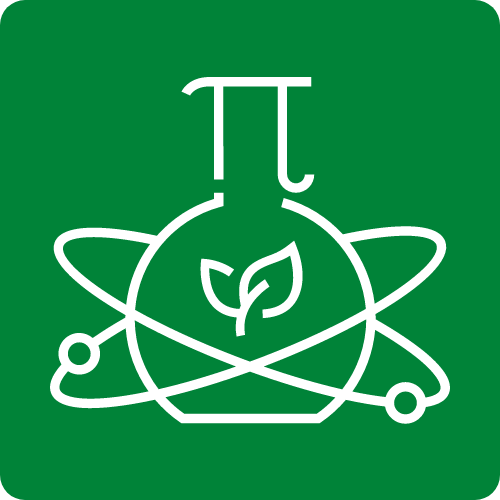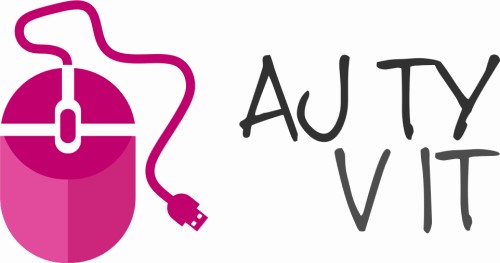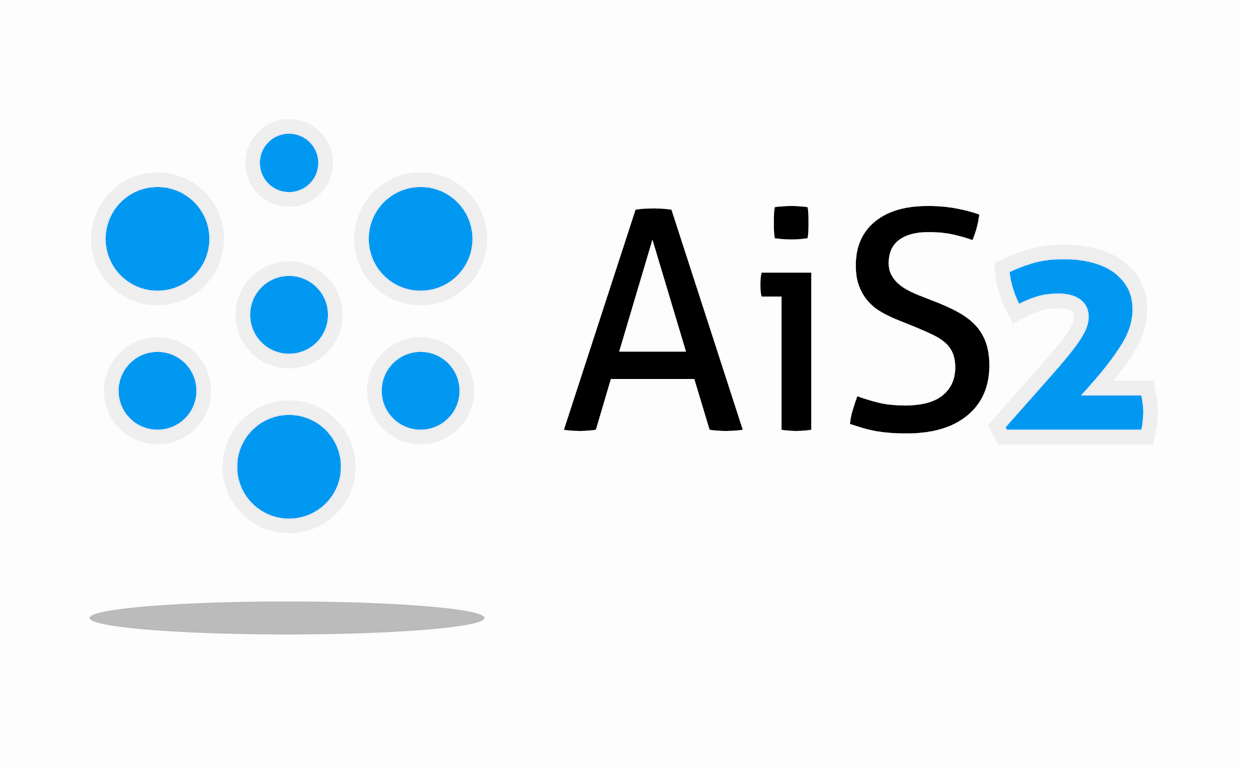Study field: Biology
Study programme: Zoology and Animal Physiology
Tutor: RNDr. Petra Bonová, PhD.; bonova@saske.sk
Consultant: NA
Workplace of the tutor:
NbÚ BMC SAV – Department of Neurodegeneration, Plasticity and Repair, Institute of Neurobiology, Biomedical Research Center of the Slovak Academy of Sciences
Form of realisation: internal
Annotation: Stroke represents a serious socio-economic problem with limited treatment options. Recently, the phenomenon of ischemic tolerance, i.e. endogenous stimulation of the mechanisms with the ability to induce neuroprotection, has become an attractive solution for the prevention and treatment of such conditions.
Aims:
1) Study of mechanisms of ischemic tolerance
2) Defining the role of peripheral blood cells in inducing ischemic tolerance
3) Testing of in vivo and ex vivo conditioning methods 4) Testing of conditioning methods in animal models of ischemic-reperfusion injury of nerve tissue
Literature:
(1) Bonova, P., Jachova, J., Nemethova, M., Macakova, L., Bona, M., Gottlieb, M., 2020. Rapid remote conditioning mediates modulation of blood cell paracrine activity and leads to the production of a secretome with neuroprotective features. Journal of neurochemistry 154, 99-111.
(2) Bonova, P., Koncekova, J., Nemethova, M., Petrova, K., Bona, M., Gottlieb, M., 2022. Identification of Proteins Responsible for the Neuroprotective Effect of the Secretome Derived from Blood Cells of Remote Ischaemic Conditioned Rats. Biomolecules 12.
(3) Bonova, P., Nemethova, M., Matiasova, M., Bona, M., Gottlieb, M., 2016. Blood cells serve as a source of factor-inducing rapid ischemic tolerance in brain. The European journal of neuroscience 44, 2958-2965.
(4) Hossmann, K.A., 2012. The two pathophysiologies of focal brain ischemia: implications for translational stroke research. Journal of cerebral blood flow and metabolism : official journal of the International Society of Cerebral Blood Flow and Metabolism 32, 1310-1316.
Tutor: MUDr. Karolína Kuchárová, PhD.; kkucharova@saske.sk
Consultant: NA
Workplace of the tutor:
NbU BMC SAS – Department of Neurodegeneration, Plasticity and Repair, Institute of Neurobiology, Biomedical Research Center of the Slovak Academy of Sciences
Form of realisation: internal
Annotation: Several experimental techniques that have led to improvements in neurological function after spinal cord injury (SCI) have not been translated into the clinic. Therefore, a better understanding of the molecular and cellular mechanisms that enhance functional regeneration following SCI may facilitate the translation of successful experimental findings into the clinic. The work will focus on the supporting cells that increase the Neuron/ Glia 2(NG2) proteoglycan expression after the SCI. When, where, and which NG2-expressing cell types respond to spinal cord injury and how these cells may be affected by local neuroregenerative successful (but invasive) approach will be compared with systemic cell-selective therapy. The response of NG2+ cell types to different treatments will be assessed by cell-specific and functional techniques.
Aims:
1) To uncover the mechanisms that block or promote the functional tissue repair after the SCI.
2) To demonstrate whether a less invasive but cell-selective treatment can replace the experimentally successful local technique.
Literatúra:
Kucharova K, Stallcup WB. 2017. Distinct NG2 proteoglycan-dependent roles of resident microglia and bone marrow-derived macrophages during myelin damage and repair. PLoS One 12(11): e0187530. doi: 10.1371/journal.pone.0187530. eCollection, PMID: 29095924
Kucharova K, Stallcup WB. 2015. NG2-proteoglycan-dependent contributions of oligodendrocyte progenitors and myeloid cells to myelin damage and repair. J Neuroinflammation 12:161. doi: 10.1186/s12974-015-0385-6. PMID: 26338007
Bradbury EJ and Burnsid ER. 2019. Moving beyond the glial scar for spinal cord repair. Nature communications 10:3879
Alizadeh A, Dyck SM, and Karimi-Abdolrezaee S. 2019. Traumatic Spinal Cord Injury: An Overview of Pathophysiology Models and Acute Injury Mechanisms. Front Neurol. 10: 282. PMCID: PMC6439316, PMID: 30967837
Hu X, Xu W, Ren Y, Wang Z,He X, Huang R, Ma B, Zhao J, Zhu R, Cheng L. 2023. Spinal cord injury: molecular mechanisms and therapeutic interventions. Signal Transduct Target Ther. 26;8(1):245. doi: 10.1038/s41392-023-01477-6. PMID: 37357239
Tutor: RNDr. Rastislav Mucha, PhD.; mucha@saske.sk
Consultant: NA
Workplace of the tutor:
NbU BMC SAS – Department of Neurodegeneration, Plasticity and Repair, Institute of Neurobiology, Biomedical Research Center of the Slovak Academy of Sciences
Form of realisation: internal
Annotation: Understanding the mechanisms of neuroprotectivity activation after ischemic brain damage at the molecular level is necessary to understand this process. It is known that peripheral blood reflects changes in gene and protein expression in the brain very sensitively and specifically.
Aims:
1)To identify potential markers (genes, proteins) of ischemic tolerance activation.
2) To classify and specify genes and proteins in their signalling pathways and creating a reaction map of molecular cascades specific for the mechanism of ischemic tolerance in human blood samples and in a rat model.
Literatúra:
Yunoki, Masatoshi, et al. “Ischemic tolerance of the brain and spinal cord: a review.” Neurologia medico-chirurgica 57.11 (2017): 590-600.
Zhao, Wenbo, et al. “Remote ischemic conditioning: challenges and opportunities.” Stroke 54.8 (2023): 2204-2207.
Furman, Marek, et al. “Quantitative analysis of selected genetic markers of induced brain stroke ischemic tolerance detected in human blood.” Brain Research 1821 (2023): 148590.
Bonova, Petra, et al. “Blood cells serve as a source of factor‐inducing rapid ischemic tolerance in brain.” European Journal of Neuroscience 44.11 (2016): 2958-2965.
Furman, Marek, et al. “Modifications of gene expression detected in peripheral blood after brain ischemia treated with remote postconditioning.” Molecular Biology Reports (2022): 1-9.
Tutor: MVDr. Ivo Vanický, PhD.; vanicky@saske.sk
Consultant: NA
Workplace of the tutor:
NbU BMC SAS – Department of Regenerative Medicine and Cell Therapy, Institute of Neurobiology, Biomedical Research Center of the Slovak Academy of Sciences
Form of realisation: internal
Annotation: After nerve injury, electrical stimulation accelerates the growth of axons, increases their number and improves reinnervation of end organs. However, the effectiveness of stimulation in the most severe form of nerve injury, in which there is extensive segmental loss of nerve tissue, is not known. In our experiments, we will study the effect of electrical stimulation on models of long segmental lesions of the peripheral nerve in the rat.
Aims:
1) Introduce a methodology for the preparation of acellular rat peripheral nerve grafts.
2) Using a ventral caudal nerve model of segmental injury, evaluate the effects of electrical stimulation on axon regeneration in long acellular nerve grafts.
Literature:
[1] D. Pan, S.E. Mackinnon, M.D. Wood, Advances in the repair of segmental nerve injuries and trends in reconstruction, Muscle Nerve, 61 (2020) 726-739.
[2] T. Kornfeld, P.M. Vogt, C. Radtke, Nerve grafting for peripheral nerve injuries with extended defect sizes, Wien Med Wochenschr, 169 (2019) 240-251.
[3] L. Juckett, T.M. Saffari, B. Ormseth, J.L. Senger, A.M. Moore, The Effect of Electrical Stimulation on Nerve Regeneration Following Peripheral Nerve Injury, Biomolecules, 12 (2022).
[4] J. Roh, L. Schellhardt, G.C. Keane, D.A. Hunter, A.M. Moore, A.K. Snyder-Warwick, S.E. Mackinnon, M.D. Wood, Short-Duration, Pulsatile, Electrical Stimulation Therapy Accelerates Axon Regeneration and Recovery following Tibial Nerve Injury and Repair in Rats, Plast Reconstr Surg, 149 (2022) 681e-690e.
[5] T. Gordon, N. Amirjani, D.C. Edwards, K.M. Chan, Brief post-surgical electrical stimulation accelerates axon regeneration and muscle reinnervation without affecting the functional measures in carpal tunnel syndrome patients, Exp Neurol, 223 (2010) 192-202.
[6] J.N. Wong, J.L. Olson, M.J. Morhart, K.M. Chan, Electrical stimulation enhances sensory recovery: a randomized controlled trial, Ann Neurol, 77 (2015) 996-1006.
[7] T.W. Hudson, S. Zawko, C. Deister, S. Lundy, C.Y. Hu, K. Lee, C.E. Schmidt, Optimized acellular nerve graft is immunologically tolerated and supports regeneration, Tissue Eng, 10 (2004) 1641-1651.









